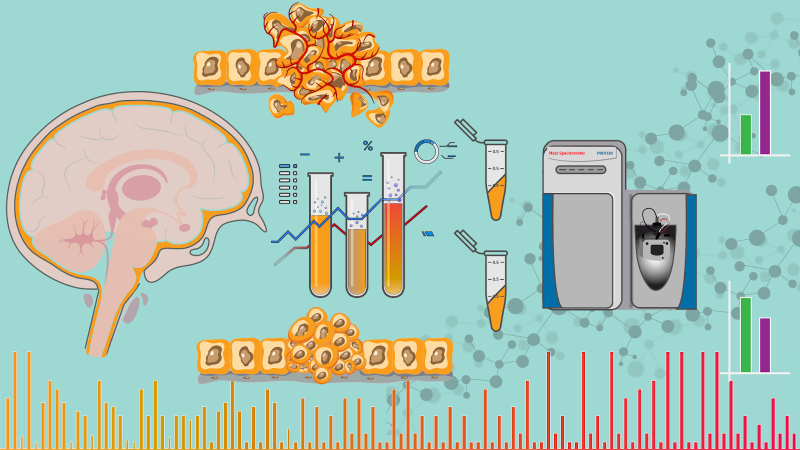
They say chocolate is nature’s way of making up for Mondays and that sure justifies its reputation as comfort food. The key component in chocolates is cocoa, a bean that is found in the pods of Theobroma cacao, or the cocoa tree, a native of Central and South America. The word ‘cocoa’ literally translates to ‘Food of the Gods’ in Greek. In recent years, countries in Africa and Asia have assumed a leading role in cocoa production, with Western Africa producing almost two-thirds of the world’s cocoa.
It was discovered that ancient civilizations in the Mesoamerican region made beverages from various components of the cocoa tree in 1150-1250 BC. By 600 AD, they began to refine cocoa beans to make unsweetened cocoa drinks and concoctions in various religious rituals. In the 16th century, the cocoa pods were brought to Europe and beyond by Spanish explorers; the world has been devouring chocolates since then!
Chocolate is a complex mixture which contains over 800 compounds. There are various types of chocolate – dark, milk, white and ruby being the most recent; these are made with varying proportions of chocolate liquor, cocoa solids, cocoa butter, milk and sugar. Cocoa is a source of flavinoids and alkalinoids such as theobromine, phenethylamine and caffeine; these acts as stimulants to the central nervous system. It also contains compounds like cannabinoids- anandamide which is known to induce a state of happiness.
We crave for chocolate because it consists of a list of compounds that trigger the release of feel-good neurotransmitters. The experience of eating chocolate results in the release of dopamine and serotonin that result in lowered stress levels. Hence, people often crave for chocolate in stressful situations, though not to the same extent. Studies have found that cocoa contains some amount of magnesium, a micronutrient, which most women happen to be deficient in. This deficiency often results in cravings.
We have to be grateful to the Mayans and the Aztecs for discovering the delight that the cocoa trees have to offer!
